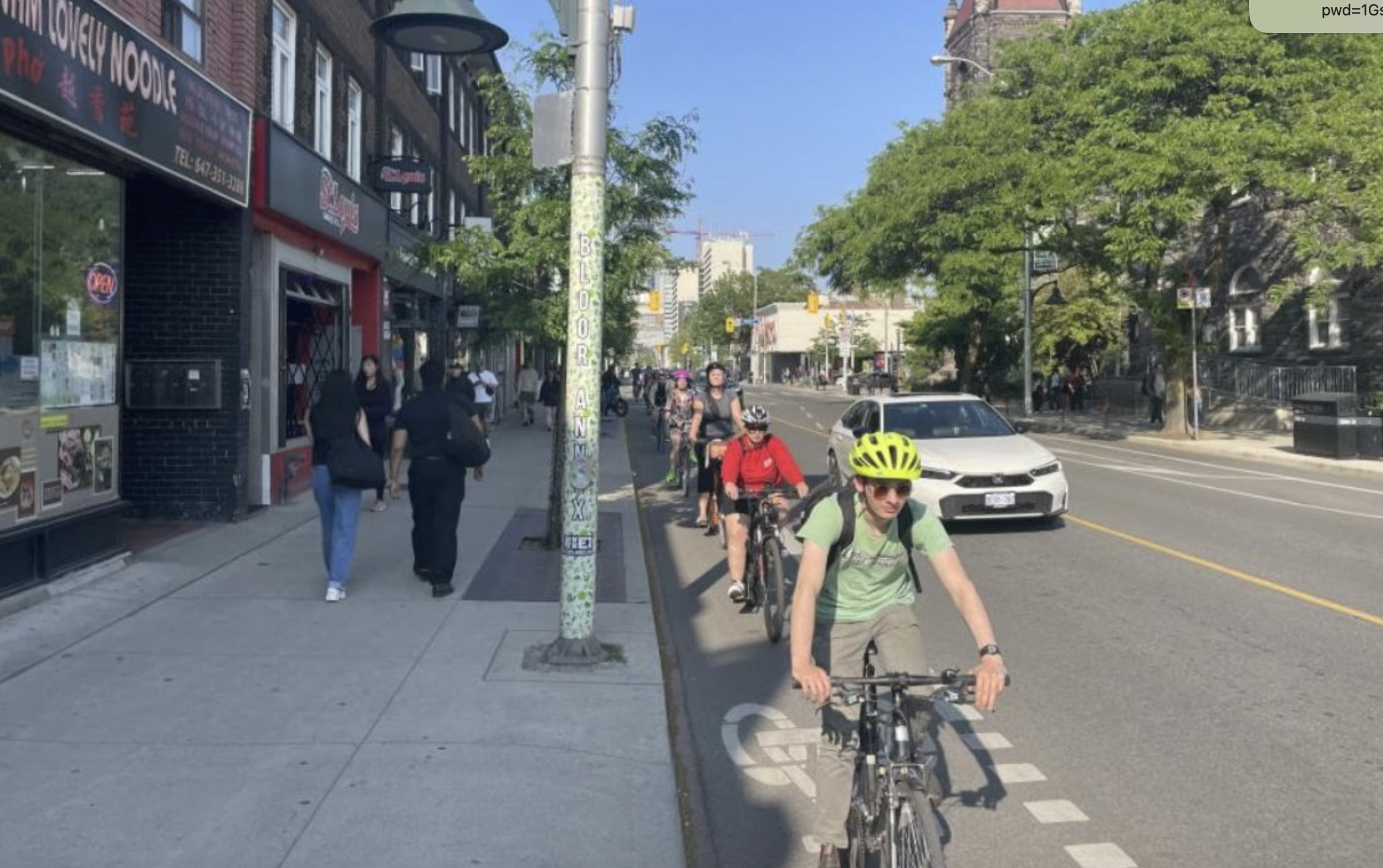Much of the time, what drives transportation investments in America isn't independent studies or cost benefit analyses -- it's politics. The sad truth is, rather than evaluating the strength of a proposal, studies from transportation agencies serve mainly to justify projects that political actors have chosen to pursue.
Here's a good example from Charlottesville, Virginia. Despite a fair amount of community opposition, regional planners working for the state of Virginia are moving forward with a $300 million plan to build a 6.2-mile bypass just north of the University of Virginia.
Sean Tubbs at Charlottesville Tomorrow reports that the Southern Environmental Law Center hired a consultant to evaluate the traffic data being used to make the case for the bypass. The consultant uncovered major flaws, and the region's metropolitan planning organization has since revised their projections. But the Virginia Department of Transportation keeps on using the flawed data:
The SELC urged VDOT to use the new model, but the agency declined. [Consultant Norm] Marshall said that means the efficacy of the bypass, as claimed in the [environmental assessment], is over-inflated.
“Using the corrected version of the model that the MPO provided to us on February 7, the amount of traffic it projects would use the proposed 29 bypass in the year 2040 dropped 14%, from 27,798 vehicles per day to 23,918 vehicles per day,” Marshall wrote. “This is a significant decrease for purposes of evaluating the effectiveness of the proposed bypass in addressing traffic congestion.”
However, [Stephen] Williams [of the regional planning commission] denied that the error results in over-inflated numbers.
“The traffic forecast on the Western Bypass in the January version of the model was about 4,000 vehicles per day higher than in the February version of the model, Williams said. “That might seem like quite a bit, but in reality that is only six additional trips per minute between 6 a.m. and 6 p.m.”
VDOT did not respond to a request for clarification on the data for this story
Elsewhere on the Network today: Cyclelicio.us reports that government employees living at military academies may have the lowest car commuting rate in the country. The Kansas Cyclist congratulates cities and towns in the Great Plains and Mountain West that earned Bicycle-Friendly Community designations from the League of American Bicyclists. And Pedestrian Observations says that the highest and best use for transit infrastructure isn't always transit.






